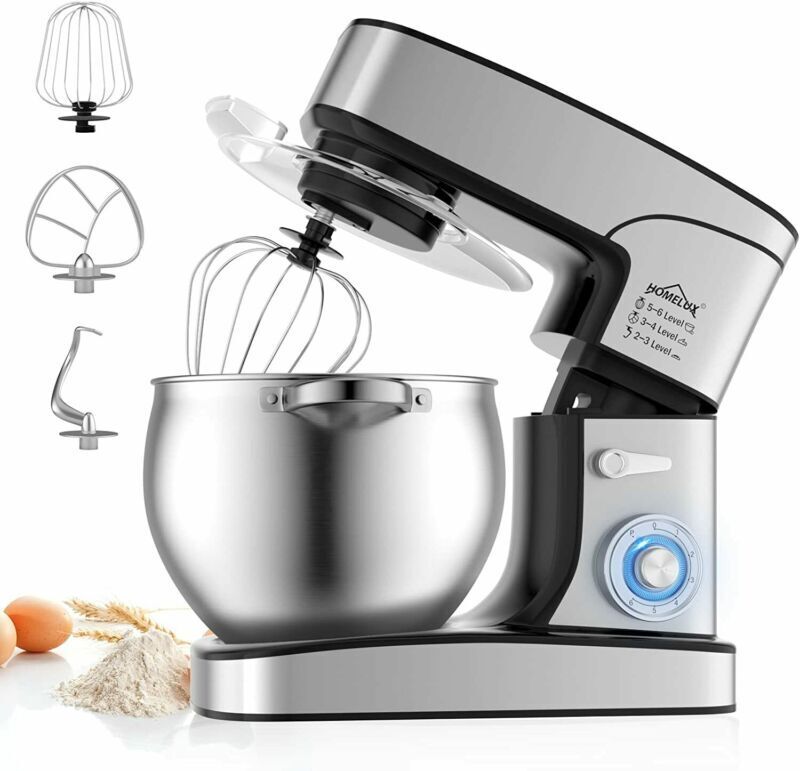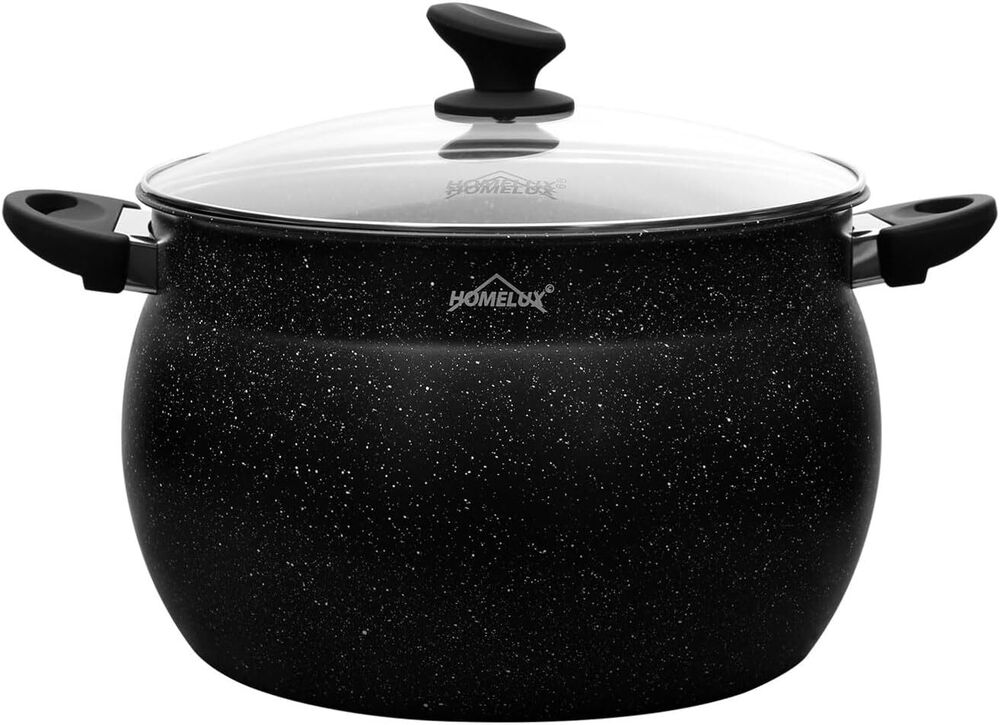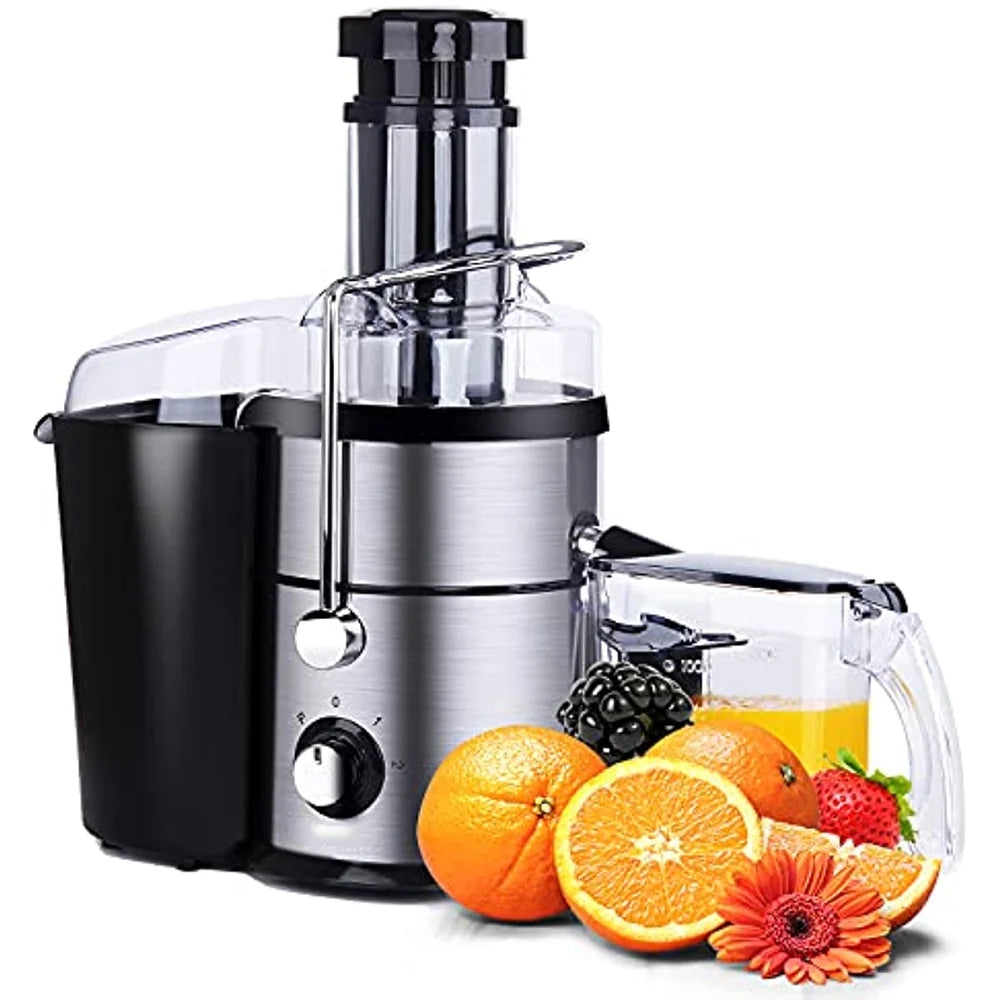Why do carrots go moldy so quickly?
Carrots are a popular vegetable that is used in many cuisines around the world. Not only are they rich in vitamins and minerals, but they are also versatile in their preparation. However, many people have the problem that carrots often go moldy quickly, especially if they are not stored properly.
Reasons for rapid molding of carrots
- High moisture content: Carrots are made up of a large amount of water. If they are stored in a high humidity environment or in damp conditions, mold can quickly form.
- Surface damage: Carrots with scratches, cracks or other injuries are more susceptible to mold growth. These injuries provide an entry point for mold spores.
- Storage conditions: Carrots stored in a plastic bag or closed container without adequate ventilation can quickly become moldy.
- Existing mold spores: Mold spores are ubiquitous in the environment. Carrots that come into contact with mold spores when purchased or during storage can mold more quickly.
How can you prevent carrots from getting moldy?
- Cool and dry storage: Store carrots in a cool and dry place, such as the refrigerator, to slow mold growth.
- Proper ventilation: Use perforated plastic bags or open containers to ensure good air circulation.
- Do not store near fruit: Do not store carrots near fruits such as apples and bananas, which emit ethylene and accelerate the ripening process.
- Remove the green parts: Remove the green parts of the carrots to avoid moisture buildup and to extend the shelf life.
Can you still eat carrots if they go moldy?
If carrots show signs of mold, caution is advised. Light mold can be removed by generously cutting off the affected areas. If the mold is severe or the carrot is soft and mushy, it should be thrown away to avoid health risks.














